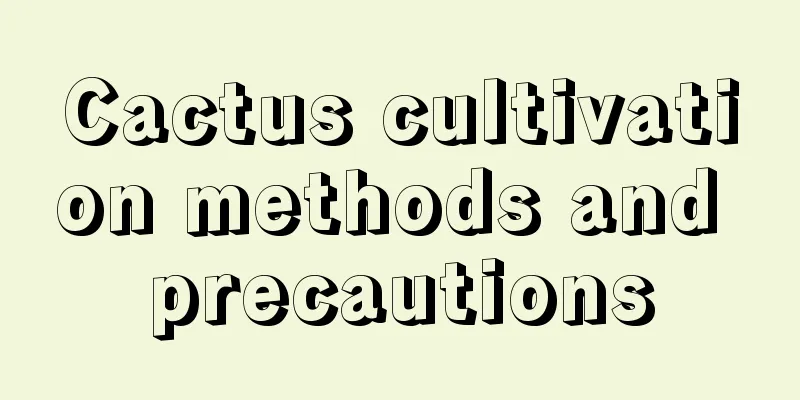What are the cultivation methods and precautions of crape myrtle?

How to grow crape myrtleCrape myrtle is a plant of the Lythraceae family. It can be propagated by sowing, cuttings, layering, division and grafting. It can grow on calcareous soil or acidic soil, and is usually suitable for growing on fertile and moist soil. During the cultivation process of crape myrtle, the soil factors should be ensured to be loose, fertile, and well-drained. It should be kept in the sun and watered in time to keep the soil moist. The number of waterings should be increased in summer. Reasonable fertilization is required during the vigorous growth seasons in spring and summer, and fertilization should be reduced in autumn and stopped during the winter dormancy period. Watering methodCrape myrtle cannot lack water during its growth process. It needs to be watered in time to keep the soil moist. The temperature in summer is relatively high and the water evaporates quickly, so the frequency of watering can be appropriately increased. Fertilization methodIn early March, apply nitrogen, phosphorus and potassium mixed fertilizer to the crape myrtle to help it sprout. In May and June, apply phosphorus and potassium mixed fertilizer instead, which can promote the plant to bloom better and strengthen the flower branches. During the flowering period, you can apply some cake fertilizer water to make the flowers of the plant more colorful. Pruning methodsAfter the crape myrtle blooms, the withered flowers need to be removed in time, and the branches need to be pruned to remove crossed branches, parallel branches, and diseased and insect-infested branches to reduce nutrient consumption and help the plant resume growth as soon as possible. Precautions for cultivating crape myrtlePotted crape myrtle needs to be repotted regularly, about once every 2-3 years. Generally, a mixture of loose mountain soil, garden soil and fine river sand can be used as the growing soil. Organic fertilizer can be used as the base fertilizer, but care should be taken to avoid direct contact between the roots and the fertilizer, otherwise it will burn and damage the roots, endangering the normal growth of the plant. |
<<: What are the cultivation methods and precautions for small coconut trees?
>>: Is pumpkin a fruit or a vegetable?
Recommend
How to plant roses so that they can survive and grow well (potted rose cultivation methods and techniques)
Chinese rose is a kind of flower of the genus Ros...
What flowers can cause cancer?
The two sides of home plants Growing green plants...
Cultivation and pruning of Euphorbia milii
Speaking of Euphorbia pulcherrima, many flower lo...
Cultivation methods and precautions of Tia
1. Maintenance methods 1. Substrate selection: It...
When is the best time to plant honey plum?
Honey plum is a fruit that many people like to ea...
Why do carnation leaves turn yellow and dry?
Carnations symbolize eternal maternal love and ar...
Cultivation methods and precautions of creeping grass
Family farming methods soil Although creeping gra...
What are the cultivation methods and precautions of the dragon snow tree?
How to cultivate dragon snow tree The dragon snow...
Why does the camellia form buds but never bloom?
1. Reasons 1. The plant needs sufficient nutritio...
Planting methods and precautions for potted pomegranates
Pomegranate is an evergreen tree. The size of pot...
How to grow the weeping angel
1. Breeding methods: 1. Lighting: Many people und...
How to cultivate red plum in potted plants
1. Control watering There is no definite rule for...
How to propagate wedding dress spider plant
Cutting propagation of wedding dress spider plant...
Can the Brazilian wood be planted in the soil?
Can the Brazilian wood be planted in the soil? Th...
You must have never heard of this kind of "flower". It is sun-resistant and easy to grow, and the blooming flowers fill the yard with fragrance!
Today Huahua will introduce to you an alternative...









